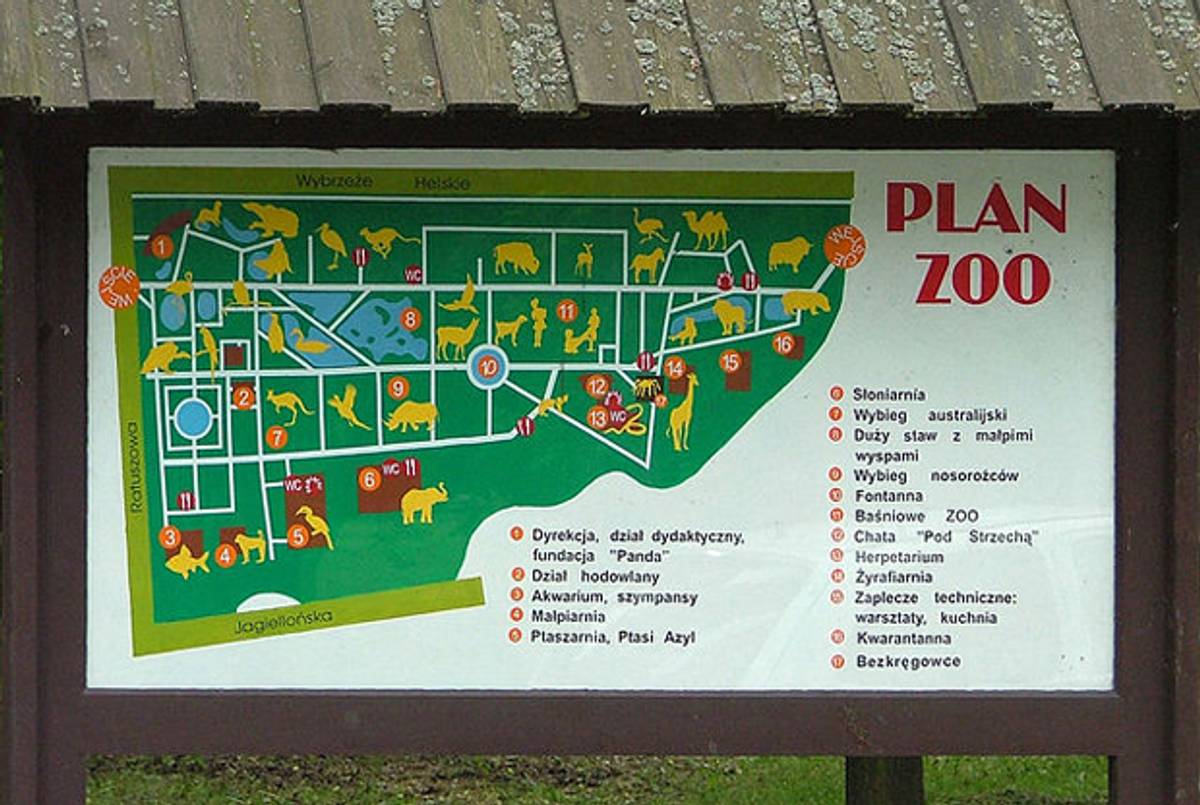
The Warsaw Zoo is getting a new permanent exhibit, but there are no exotic animals or new species involved. The two-story villa in which zookeepers Jan and Antonina Zabinski lived during the Nazi occupation of Warsaw—and from which they oversaw the hiding of an estimated 300 Jews throughout the extensive grounds–is now the home of an exhibit commemorating their wartime heroics. the AP reports.
The building has been restored to its wartime appearance, with photographs of the couple and their animals added to the walls. According to the AP, “There are sculptures of animals made by a Jewish artist, Magdalena Gross, who stayed there during the war. Visitors will also be able to see basement chambers where the Jews took shelter, as well as a narrow tunnel they crawled through to reach animal enclosures.”
I, along with many others, first learned of the Zabinskis’ wartime effort in Diane Ackerman’s 2008 book, The Zookeeper’s Wife, a compelling, dramatic account of life in the Warsaw Zoo during the Holocaust, a universe in which animal and human lived quite literally side-by-side and the Nazi fascination with purebred animals threatened undue attention on the zoo. The Zabinski’ story, the AP notes, was “virtually unknown” until Ackerman’s bestselling book. The Zoo also faced bombings that killed animals and allowed others to escape.
The exhibit was spearheaded by From the Depths, the organization behind efforts to restore and return repurposed Jewish gravestones throughout Poland.
Stephanie Butnick is chief strategy officer of Tablet Magazine, co-founder of Tablet Studios, and a host of the Unorthodox podcast.